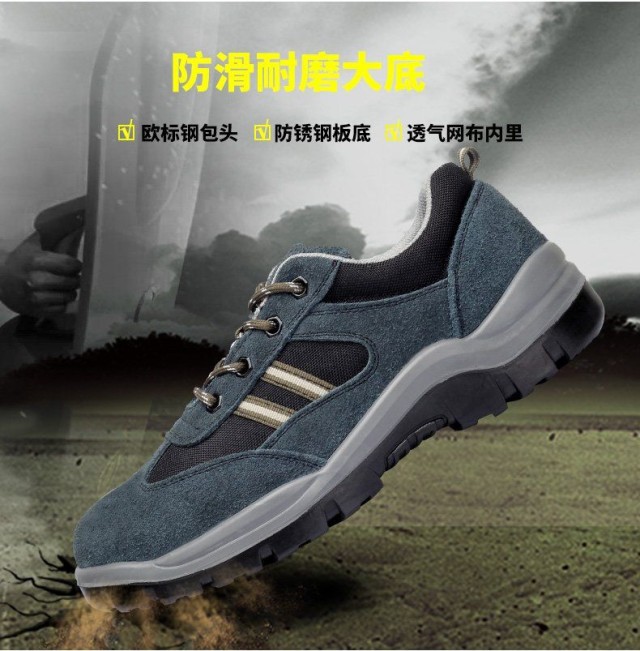Modern work environments demand footwear that bridges uncompromising safety with all-day comfort. Composite toe technology achieves this balance through advanced materials that outperform traditional steel toes in critical areas—delivering certified protection without the weight or thermal drawbacks.
Composite Toes: Beyond Basic Safety
The evolution of safety footwear centers on solving two persistent worker complaints: heavy boots that cause fatigue, and metal toes that amplify temperature extremes. Composite materials address both issues while meeting rigorous global standards:
- Weight Reduction: Composite toes weigh roughly half as much as steel equivalents, reducing leg strain during long shifts
- Thermal Neutrality: Non-metallic construction prevents heat/cold transfer in environments like freezers or foundries
- Hazard Protection: Maintains ASTM/ANSI-certified impact resistance (tested to withstand forces exceeding 2,500 lbs)
Research shows workers wearing composite-toe boots report significantly lower rates of fatigue-related incidents in industries requiring constant mobility.
Meeting Modern Workplace Demands
Today’s composite materials—typically blending fiberglass, carbon fiber, or Kevlar—solve problems traditional safety footwear couldn’t address:
Thermal Performance in Extreme Conditions
Unlike conductive metals, composite toes:
- Eliminate frostbite risks in subzero temperatures (common in food processing)
- Prevent burns when exposed to radiant heat sources
- Resist warping or brittleness across temperature extremes
Compliance Without Compromise
All 3515 composite-toe boots meet or exceed:
- ASTM F2413 (impact/compression resistance)
- EN ISO 20345 (European safety standards)
- AS 2210.3 (Australia/New Zealand certification)
This multi-standard compliance ensures global workforce suitability—from offshore oil rigs to pharmaceutical clean rooms.
Industry Applications: Where Composite Toes Shine
Certain high-risk sectors benefit disproportionately from composite toe advantages:
-
Utilities & Electrical Work
- Non-conductive materials prevent electrical hazards
- Lightweight design aids climbing and ladder work
-
Cold Storage & Food Processing
- Thermal insulation maintains toe warmth at -40°F/-40°C
- Slip-resistant outsoles pair with composite safety
-
Aviation & Transportation
- Weight savings reduce fuel costs for airline crews
- Metal-free construction passes airport security
-
Chemical Plants
- Corrosion-resistant materials withstand acid splashes
- Spark-proof design prevents ignition risks
Have you considered how composite toes could solve your workforce’s specific pain points? The technology quietly revolutionizes protection by aligning with how modern jobs actually function—combining safety with ergonomic design that workers voluntarily wear.
Ready to upgrade your safety footwear lineup? 3515 partners with distributors and brands to deliver compliant composite-toe boots across industries—combining certified protection with the comfort features today’s workers demand. [Contact our team] to discuss volume production tailored to your market needs.
Related Products
- Customizable Anti-Smash Safety Boots for Wholesale & Private Label Manufacturing
- Durable Leather Safety Boots for Wholesale & Custom OEM Manufacturing
- Wholesale Durable Safety Boots Manufacturer Customizable Steel Toe Work Boots
- Wholesale Leather Safety Boots with Customizable Protective Toe
- Wholesale Customizable Safety Boots Durable & Protective Footwear Manufacturing
Related Articles
- How to Choose Safety Footwear That Solves Steel Toe Shoe Problems Without Sacrificing Protection
- How to Reduce Foot Injury Risks in High-Risk Workplaces: 3 Proven Strategies
- Steel Toe Work Boots: Balancing Safety and Comfort for Demanding Jobs
- Matching Men’s Work Shoe Safety Technologies to Workplace Hazards
- How Steel Toe Shoes Meet Safety Standards and Prevent Workplace Injuries




















